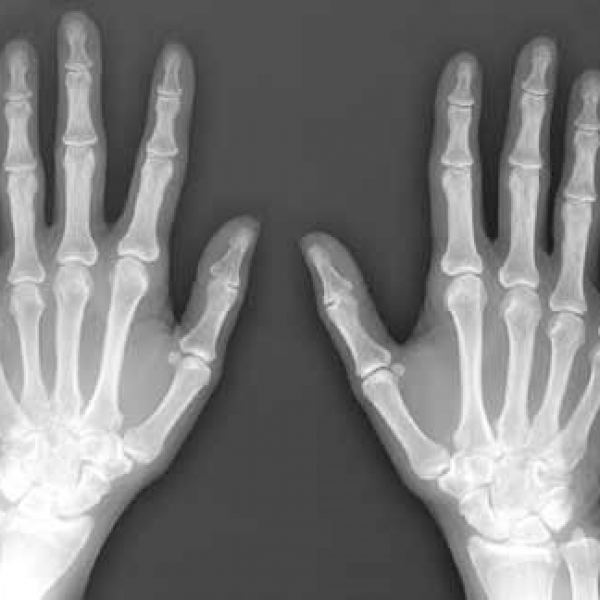Contact Admission
International Collaboration
Duration of antibiotic treatment for sepsis is due to the enterobacteriaceae family of bacteria
(Posts are updated on Uptodate in January 2019)

UptoDate recently updated its recommendation based on a new study of the duration of antibiotic therapy for Enterobacteriaceae sepsis in January 2019.
The duration of treatment should be determined by the source of the primary infection, the degree of infection and the degree of clinical response of the patient. In most cases, the duration of treatment with antibiotics is 7 to 14 days. For patients with less complicated Enterobacteriaceae sepsis (that is, no intravascular, bone, joint or central nervous system infection, no uncontrolled source of infection, no impairment significantly reduced immunity), while responding well to antibiotic therapy and clinical improvement within 48 to 72 hours, UptoDate recommends a 7-day rather than 14-day regimen. Intravenous antibiotics should be used at first, but once the patient is safe and has remained free of fever within 48 hours, an oral antibiotic with in vitro active and bioavailability can be switched. good.
For less complicated Enterobacteriacae sepsis, the shorter antibiotic treatment times are as effective as long treatment regimens, and in turn reduces the selective pressure on antibiotic-resistant bacteria. In a randomized controlled study of 604 hospitalized patients with less complicated, less complex, fever-free gram-negative infections and hemodynamic stability for at least 48 hours, antibiotic treatment for 7 days versus 14 days resulted in Equivalent outcomes included all-cause mortality, recurrence, severe or distant complications, re-hospitalization or prolonged hospitalization after 90 days (46 vs. 48%; risk difference -2.6%, 95% confidence interval, -10.5 to 5.3%). [first]
Mortality rates at days 14 and 28 were also not statistically different between the two groups (2.3 and 5 versus 1.3 and 4.4%). The majority of patients with primary infection were urinary tract infection (68%) and infection Enterobacteriaceae (90%); 18% accidentally infected multi-drug resistant bacteria. In each group, nearly 10% of patients developed a new drug-resistant infection.
Similarly, in a study of more than 700 patients with sepsis caused by 1 type of Enterobacteriaceae, a shorter treatment duration (6 to 10 days) was found to have a mortality rate when analyzing the trend. mortality, recurrent infection and Clostridioides (formerly Clostridium) difficile were comparable to a longer treatment regimen (11 to 16 days) [2]. Using shorter treatment regimens tends to decrease the risk of recurrent infections of the multiresistant gram-negative bacilli and recurrent colonization.
Source:
Other news
- Vietnamese medical miracles in 2025 – inspiration for medical students ( 07:54 - 07/01/2026 )
- Home AEDs: High Life-Saving Effectiveness, but Not Cost-Effective at Current Prices ( 14:12 - 18/12/2025 )
- Artificial Intelligence and Pediatric Care ( 08:27 - 16/12/2025 )
- Applying Clinical Licensing Principles to Artificial Intelligence ( 09:36 - 08/12/2025 )
- U.S. Approves Targeted Lung Cancer Therapy Datroway ( 08:43 - 25/06/2025 )
- Therapeutic potential and mechanisms of mesenchymal stem cell-derived exosomes as bioactive materials in tendon–bone healing ( 08:38 - 23/11/2023 )
- Symbol of medicine ( 19:38 - 19/09/2021 )
- The history of the development of medicine worldwide and in Vietnam ( 18:58 - 19/09/2021 )
- Pharmacology in mind ( 08:42 - 04/02/2021 )
- Nitric Oxide and other medical contributions over 2 decades ( 08:19 - 11/12/2020 )


















